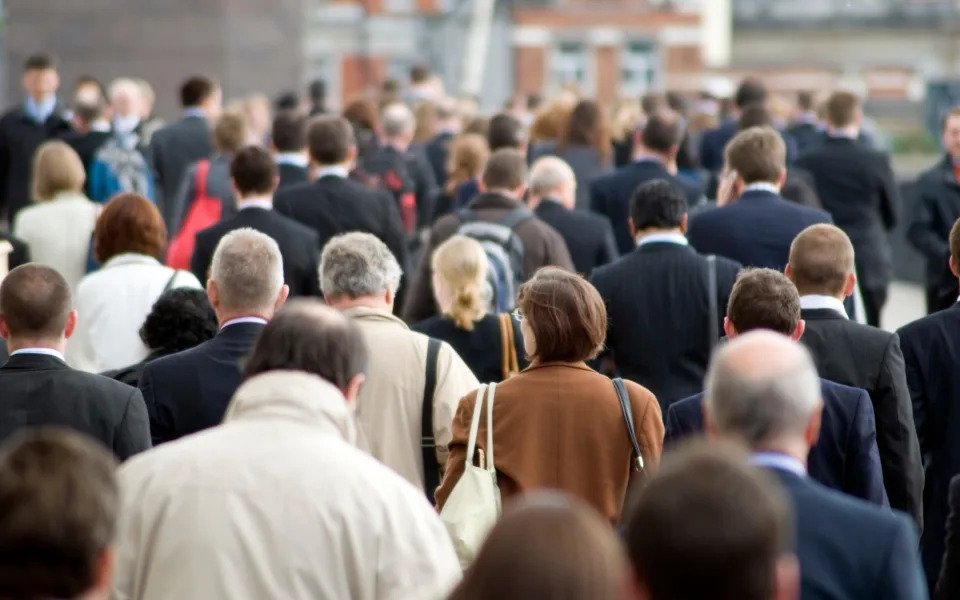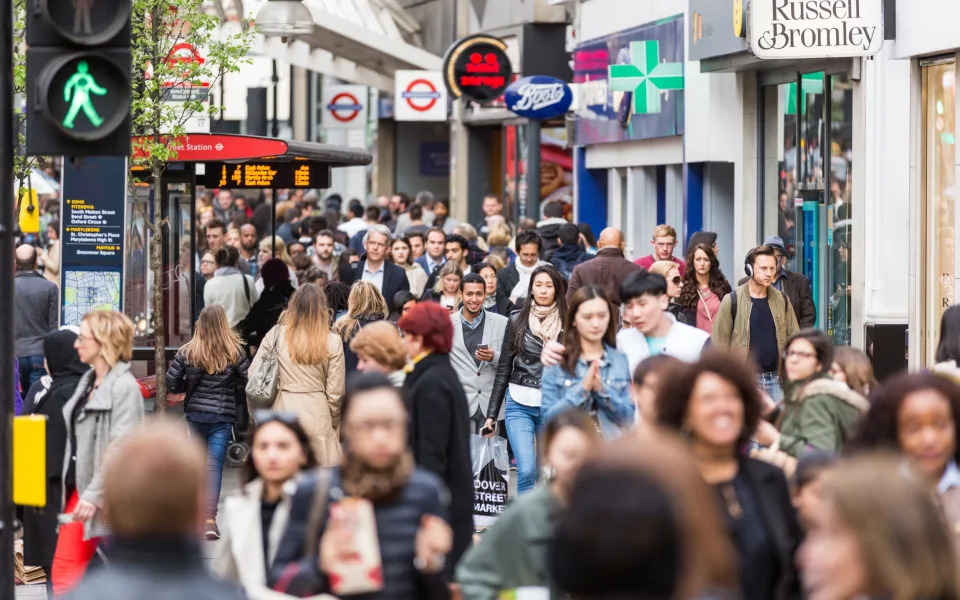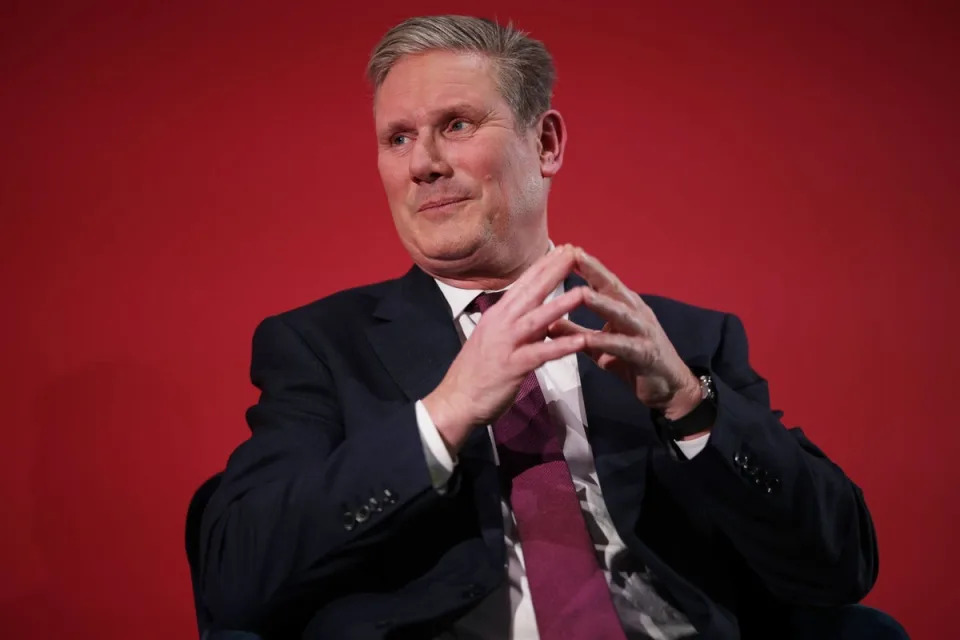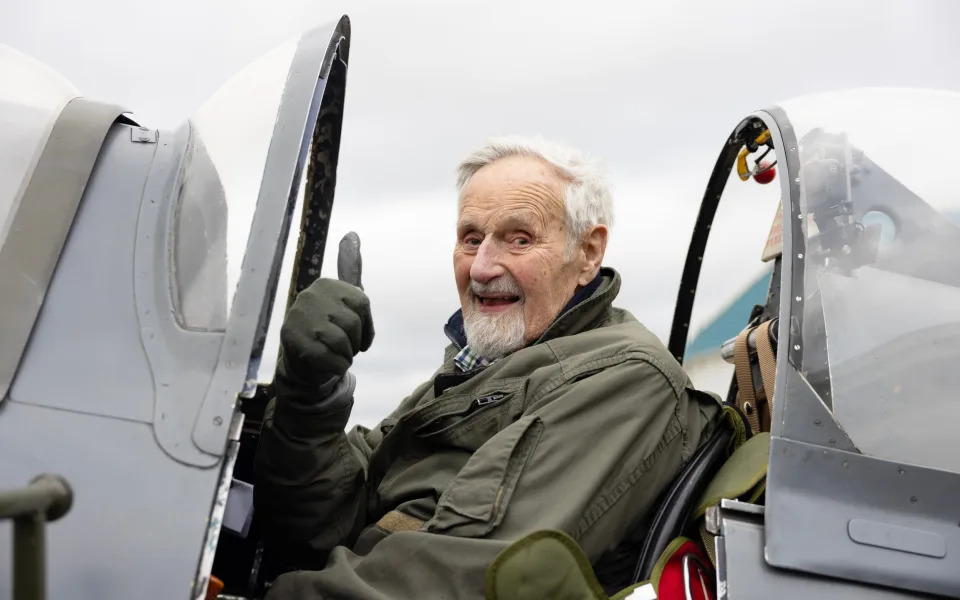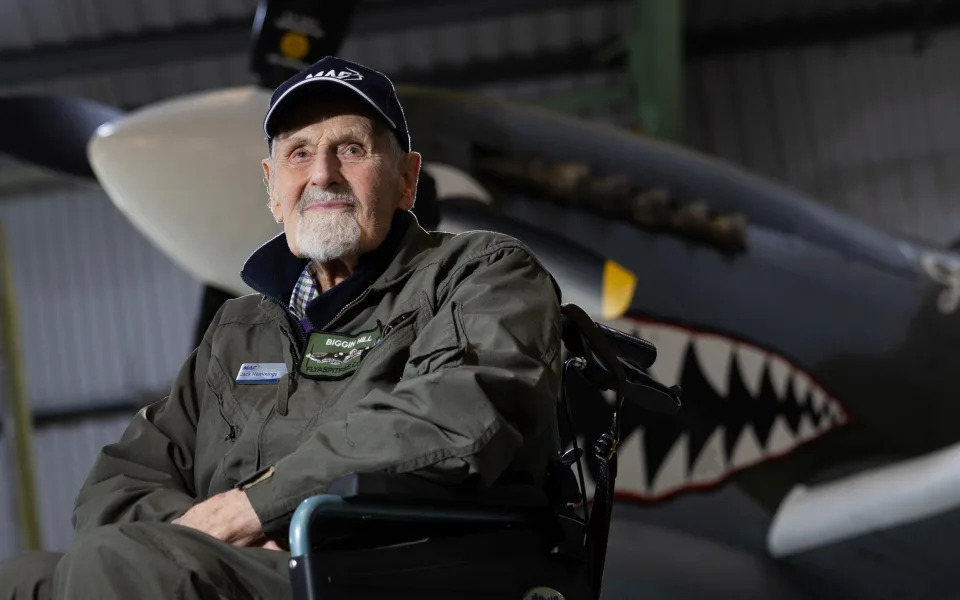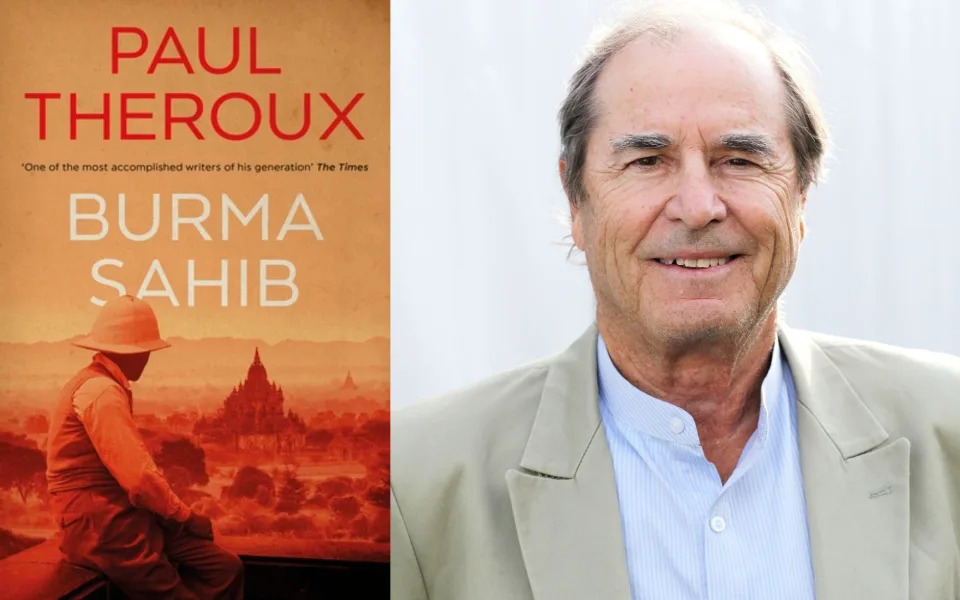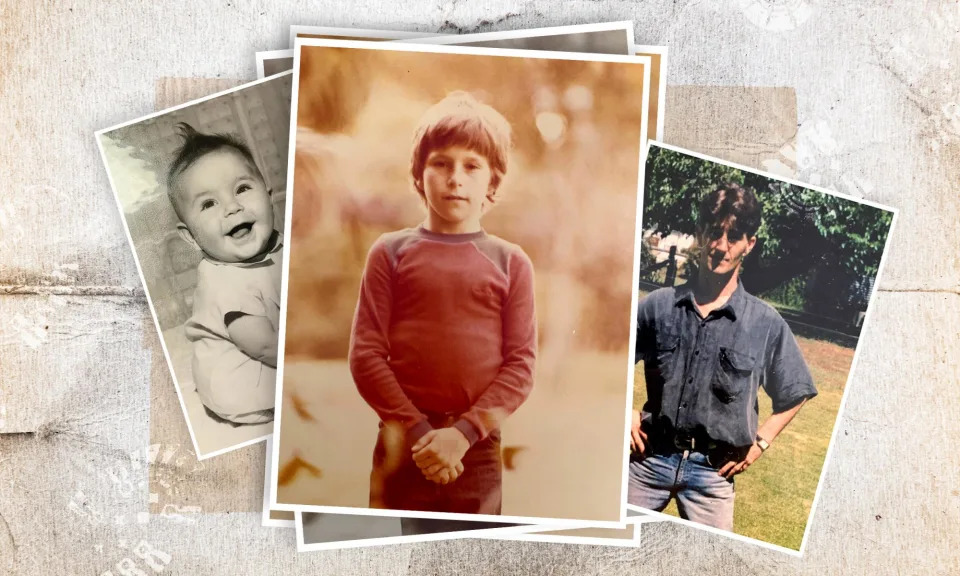Gabriella Swerling
Mon, 5 February 2024 at 2:26 pm GMT-7·4-min read
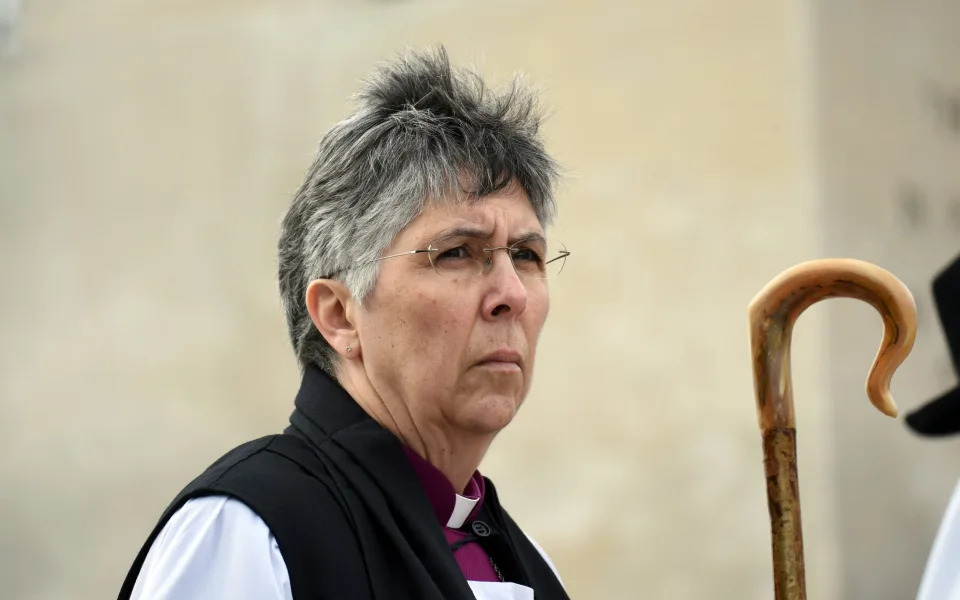
The Bishop of Chelmsford, Dr Guli Francis-Dehqani, said: 'Churches have no power to circumvent the Government’s duty to vet and approve applications' - Rob Welham/Camera Press
A bishop has attacked Suella Braverman after she said that churches were fuelling fake asylum claims.
Mrs Braverman said that during her time as home secretary she “became aware of churches around the country facilitating industrial-scale bogus asylum claims”, with migrants “directed to these churches as a one-stop shop to bolster their asylum case”.
She made her comments in The Telegraph amid a row over Abdul Ezedi, 35, the refugee suspected of being behind the Clapham chemical attack who was granted asylum on his third attempt, with the support of a priest, having claimed he had converted to Christianity and would be persecuted in his native Afghanistan.
While the Home Office is responsible for checking the criminal records and safety of asylum seekers, religious institutions are under increasing scrutiny over the legitimacy of those wishing to convert.
The Church of England has rejected Mrs Braverman’s criticism, with the Bishop of Chelmsford, Dr Guli Francis-Dehqani, writing in The Telegraph on Monday: “We are not politicians, and we know that to be involved in political debate can be bruising.
“But those who have claimed a link between the abuse of our asylum system and the action of bishops in parliament are simply wrong.
“It is saddening to see this being implied by former holders of senior ministerial office, who have had opportunity but not sought to raise these concerns with senior clergy before.”
Church ‘not responsible’
Dr Francis-Dehqani, who will become the lead bishop on immigration later in February, denied that the Church was in any way responsible for the criminal history of converted asylum seekers.
He said: “Churches have no power to circumvent the Government’s duty to vet and approve applications – the responsibility for this rests with the Home Office.”
The bishop also denied that church support for asylum seekers’ claims amounted to a “magic ticket” for entry to the UK, adding that the notion that a person may be “fast-tracked through the asylum system, aided and abetted by the Church is simply inaccurate”.
Writing in The Telegraph over the weekend, Mrs Braverman questioned the clergy’s role in conversions from Islam, saying: “Attend mass once a week for a few months, befriend the vicar, get your baptism date in the diary and, bingo, you’ll be signed off by a member of clergy that you’re now a God-fearing Christian who will face certain persecution if removed to your Islamic country of origin. It has to stop.”
According to Home Office guidance for officials making asylum decisions concerning Christian converts, “ultimately, evidence even from a senior church member is not determinative”.
Friends of Ezedi told The Telegraph last week that he remained a “good Muslim” who bought half a Halal sheep every fortnight despite his apparent conversion.
On Monday an evangelical church leader said priests must look for “red flags” when baptising asylum seekers because some were faking conversion.
Pastor Graham Nicholls, the director of Affinity, a network of 1,200 evangelical churches and ministries in the UK, said that church leaders “need discernment” to “test whether people are genuine in their beliefs”, adding that in some cases prospective converts were “faking it”.
Undue haste for baptism
He said “red flags” may consist of large numbers of people presenting as converts, an undue haste from people to receive some credible sign of being a Christian such as baptism, a “rather mechanical assent to believing but without any obvious heart change”, and a general sense they might not be genuine.
He acknowledged that “these things are hard to judge” and that “we cannot see into people’s souls”, but added: “There seems to be a problem of asylum seekers claiming to have been converted to Christianity to support their applications.”
On Monday Met detectives said they had arrested and bailed a 22-year-old man on suspicion of assisting an offender as the manhunt continued. Police added that the mother Ezedi is suspected of dousing with a corrosive liquid may lose the sight in her right eye.
Ezedi arrived illegally in the UK in the back of a lorry in 2016, claiming his life would be in danger if he was returned to Afghanistan.
Despite being convicted of a sex offence two years later, he went on to claim asylum successfully. He was granted leave to remain in 2021 or 2022 on his third attempt after a priest vouched for his conversion, arguing that he was “wholly committed” to his new religion.
A Church of England spokesman previously said: “It is the role of the Home Office, and not the Church, to vet asylum seekers and judge the merits of their individual cases.”
The Home Office was contacted for comment.
